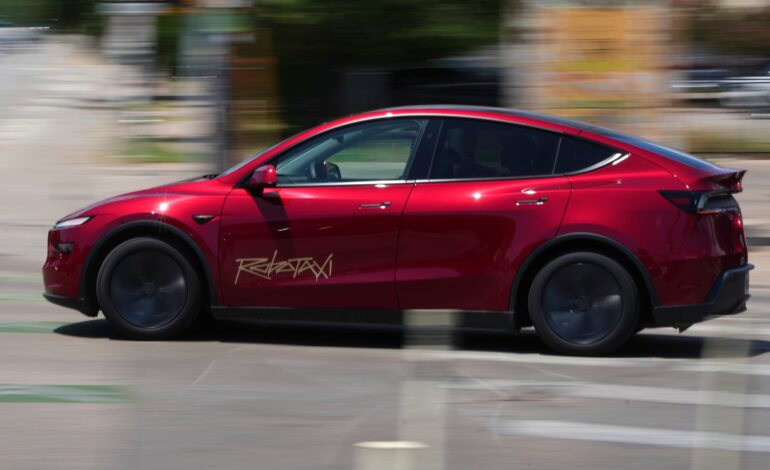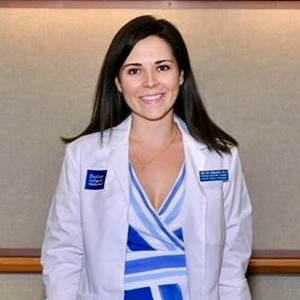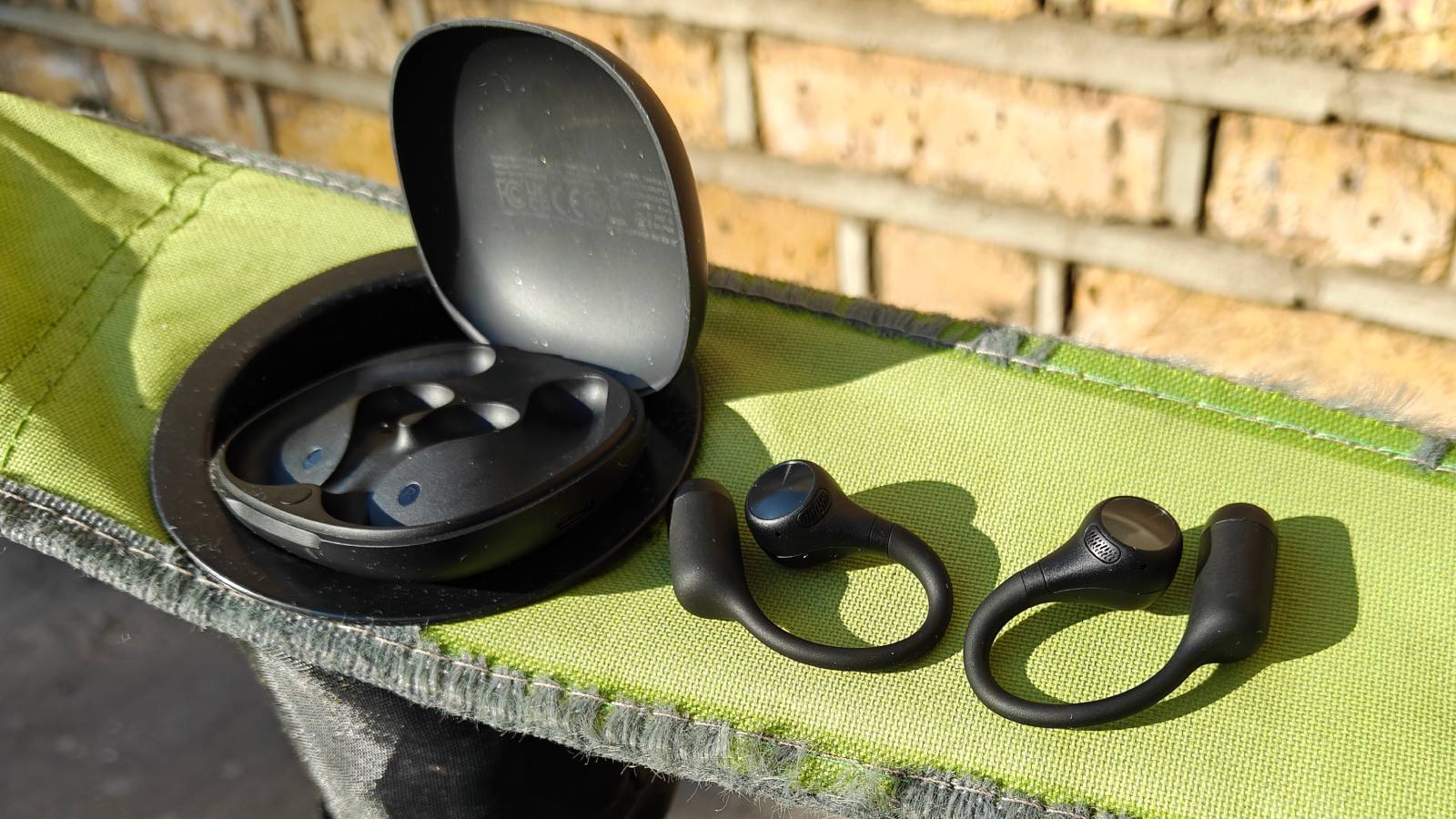Tesla’s Earnings Call Raises Questions on Robotaxi Progress

Tesla’s recent earnings call left investors seeking clarity on the progress of its robotaxi pilot program in Austin, Texas. Although the company launched its self-driving car initiative in June, details on the number of vehicles deployed and safety metrics remain vague. CEO Elon Musk outlined ambitious plans for the expansion of robotaxi services, but his comments did not alleviate concerns about the program’s current status.
During the call, Tesla executives, including Ashok Elluswamy, Vice President of AI Software, provided some insights but failed to deliver essential data. Elluswamy noted that over 7,000 miles had been driven in the Austin area without any significant safety issues reported. He acknowledged that the program is in its early stages, operating with only a limited number of vehicles as Tesla aims to expand both the service area and the fleet size.
Despite Elluswamy’s assurances, analysts expressed disappointment over the lack of transparency. Gene Munster, a managing partner at Deepwater Asset Management, commented, “They’ve got to show progress, and that’s what we didn’t get.” Investors are keenly aware that concrete data on vehicle deployment, miles driven autonomously, and safety-critical interventions are vital for understanding the viability of Tesla’s robotaxi ambitions.
Musk’s statements during the call indicated that he anticipates autonomous Teslas could be accessible to “probably half of the population of the US by the end of the year,” contingent on regulatory approval. Achieving this objective would require substantial coverage and navigation through various regulatory hurdles within a tight timeframe.
Tesla’s robotaxi service has recently expanded its operational area in Austin, shortly after its limited launch. On social media, the company showcased its growing footprint, sending a message of confidence to competitors. Nevertheless, specifics about the number of additional robotaxis or the potential for broader public access to the service were not disclosed.
In April, Musk mentioned starting the program with 10 to 20 Model Ys, but the service remains invite-only. Questions directed at Tesla’s Autopilot team regarding the current number of robotaxis went unanswered, leaving investors and analysts wanting more.
Analysts are particularly interested in metrics related to safety and performance. Currently, a safety monitor is present in every robotaxi, and the number of human interventions, as well as miles driven per disengagement, will be key indicators of when Tesla may feel secure enough to remove these monitors. Munster noted a personal experience during a ride where the safety monitor had to intervene due to the vehicle heading the wrong way on a one-way street.
Jose Asumendi, head of European automotive research at JPMorgan, emphasized that reaching a point where robotaxis can operate safely across various conditions would signify advanced development. He plans to monitor three critical data points: the number of cities where the service operates, the rate of accidents and disengagements per kilometer, and public acceptance of the technology.
Following the earnings call, Tesla’s stock fell by approximately 4.4% in after-hours trading, reflecting a 12% decline in revenue year-over-year that missed Wall Street expectations. The stock continued to decline, dropping 8% on Thursday, marking a total decrease of 24% year-to-date.
As Tesla moves forward with its robotaxi initiative, the need for detailed operational insights and transparent communication with investors becomes increasingly critical. The company faces the challenge of balancing its ambitious goals with the realities of regulatory compliance and safety assurances.






